Your cart is currently empty!
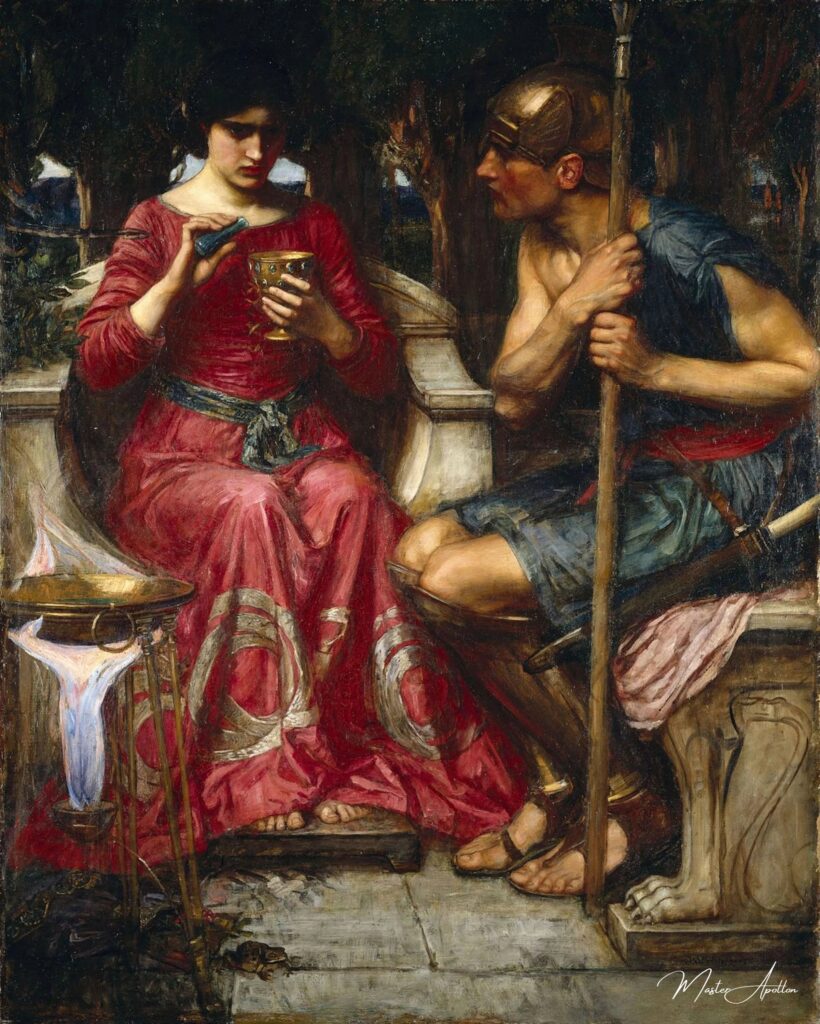
Jason and Medea – John William Waterhouse
Immerse yourself in the enchanting world of classical art with our highest quality oil painting reproduction of “Jason and Medea” by John William Waterhouse. This exquisite piece captures the poignant moment of love and betrayal, where passion intertwines with tragedy.
Every brushstroke reflects Waterhouse’s masterful technique, bringing to life the vibrant colors and intricate details that d…
Jason and Medea by John William Waterhouse: A Tale of Passion and Betrayal
John William Waterhouse’s Jason and Medea, painted in 1907, captures the dramatic tension of one of Greek mythology’s most compelling stories. Known for his fascination with mythology, literature, and the Pre-Raphaelite aesthetic, Waterhouse brings to life the moment when Medea, a powerful sorceress, prepares a potion to aid Jason in his quest for the Golden Fleece. The painting is a masterful exploration of love, manipulation, and the darker undercurrents of power dynamics in relationships.
The Mythological Context
The story of Jason and Medea is one of love intertwined with betrayal. Medea, a princess of Colchis and a sorceress, falls deeply in love with Jason, the leader of the Argonauts. She uses her magical powers to help him overcome seemingly insurmountable challenges, including yoking fire-breathing bulls and sowing dragon’s teeth. However, their love story turns tragic when Jason later abandons Medea for another woman, triggering her wrath and leading to one of the most infamous acts of revenge in mythology.
Waterhouse’s Jason and Medea focuses on an earlier moment in their story, when Medea’s devotion to Jason is still unwavering. This choice adds a layer of poignancy, as the viewer knows the eventual outcome of their fateful relationship.
Composition and Atmosphere
Waterhouse’s composition places Medea and Jason in an intimate yet tense scene. Medea, seated and engrossed in her work, brews a magical potion to help Jason succeed in his quest. Her concentration is palpable as she holds a small vial and gazes at the potion with meticulous care. Jason stands behind her, his figure looming in the background. His gaze is intent, as if evaluating her actions, but there’s a sense of distance, both physically and emotionally, foreshadowing the betrayal to come.
Use of Color
The palette in Jason and Medea is dominated by rich, earthy tones—deep reds, golds, and browns—evoking an ancient and mystical atmosphere. The interplay of warm and cool tones mirrors the duality of their relationship: Medea’s passionate devotion contrasts with the cold, calculating ambition of Jason.
Symbolism in the Painting
Waterhouse fills Jason and Medea with symbolic elements that enhance the narrative:
- The Potion: The central focus of the scene is the potion Medea is preparing, representing her loyalty and willingness to risk everything for Jason. It also symbolizes the darker aspects of her sorcery and foreshadows the potions and spells she will later use to exact revenge.
- Medea’s Expression: Medea’s concentrated expression reflects her dual identity as both a lover and a sorceress. Her focus suggests control and power, yet her vulnerability lies in her devotion to Jason.
- Jason’s Shadowed Presence: Jason’s placement in the background emphasizes his dependence on Medea while also hinting at his detachment and eventual betrayal.
Waterhouse’s Themes: Love and Power
Waterhouse often depicted women as powerful and enigmatic figures, and Medea is no exception. She is portrayed as a strong, intelligent woman with agency, yet her love for Jason ultimately becomes her downfall. The painting explores themes of passion, manipulation, and the sacrifices made for love. Medea’s power lies in her magic, but her vulnerability stems from her emotions—a duality that Waterhouse captures with great sensitivity.
Artistic Influences
Waterhouse’s Jason and Medea reflects his Pre-Raphaelite influences, particularly in the attention to detail, lush textures, and the emotional intensity of the characters. The painting also draws on the Victorian fascination with classical mythology and the moral complexities it presents. Medea’s character would have resonated with contemporary audiences as a cautionary tale of love and betrayal.
Legacy and Interpretation
Jason and Medea is one of Waterhouse’s most evocative works, encapsulating his ability to merge narrative depth with visual beauty. The painting invites viewers to reflect on the complex dynamics of the characters’ relationship, where love and ambition collide with devastating consequences.
As with many of Waterhouse’s works, Jason and Medea remains a timeless exploration of human emotions, underscoring the enduring relevance of classical myths. Through his masterful brushstrokes, Waterhouse immortalizes the tragic tale, reminding us of the sacrifices, betrayals, and passions that define the human experience.
Conclusion
John William Waterhouse’s Jason and Medea is a poignant portrayal of one of mythology’s most turbulent relationships. The painting stands as a testament to Waterhouse’s skill in weaving narrative and symbolism into his art, offering a profound exploration of love, power, and the consequences of devotion. Its haunting beauty and emotional depth ensure its place among the masterpieces of mythological art.
John William Waterhouse
John William Waterhouse was a British painter known for his enchanting depictions of mythological and literary themes, characterized by rich colors, emotional depth, and a focus on female figures that often evoke a sense of longing and beauty.
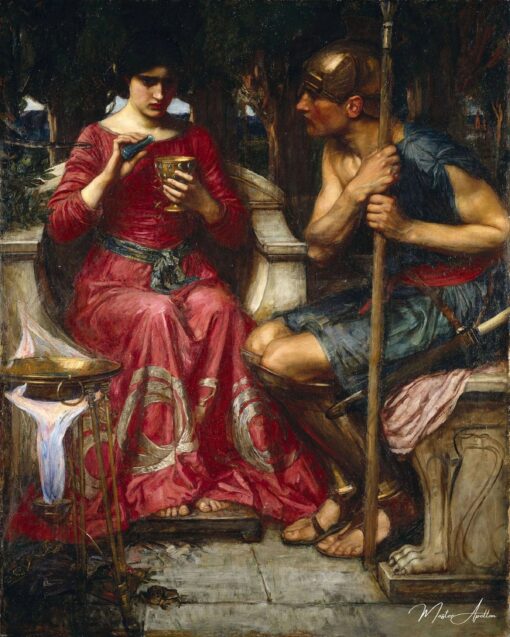
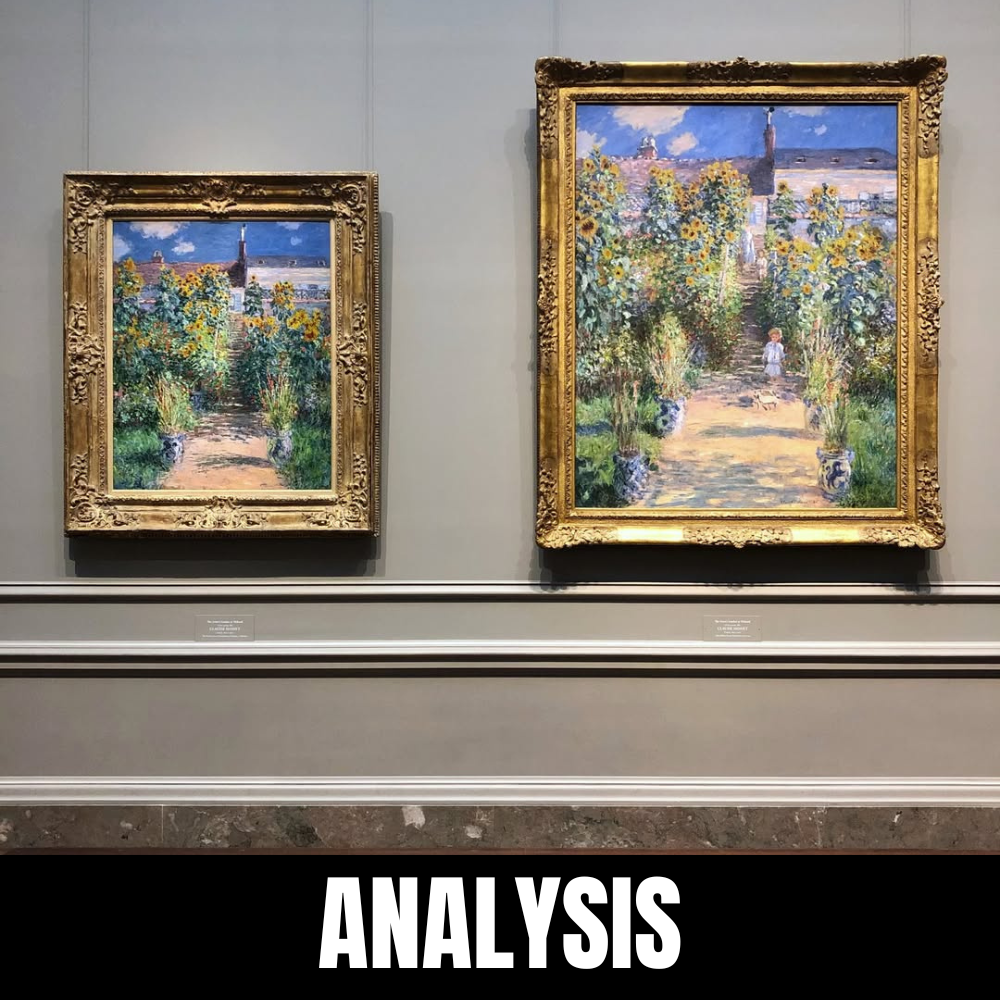
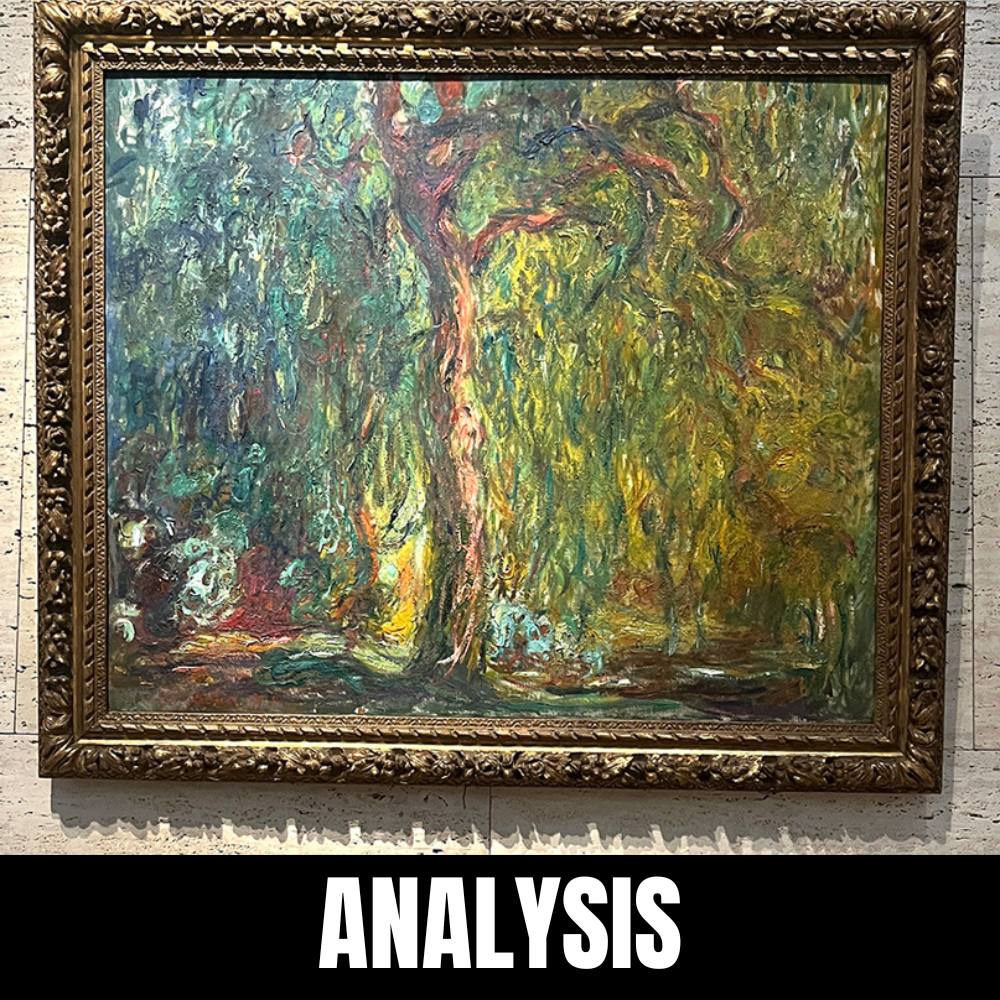
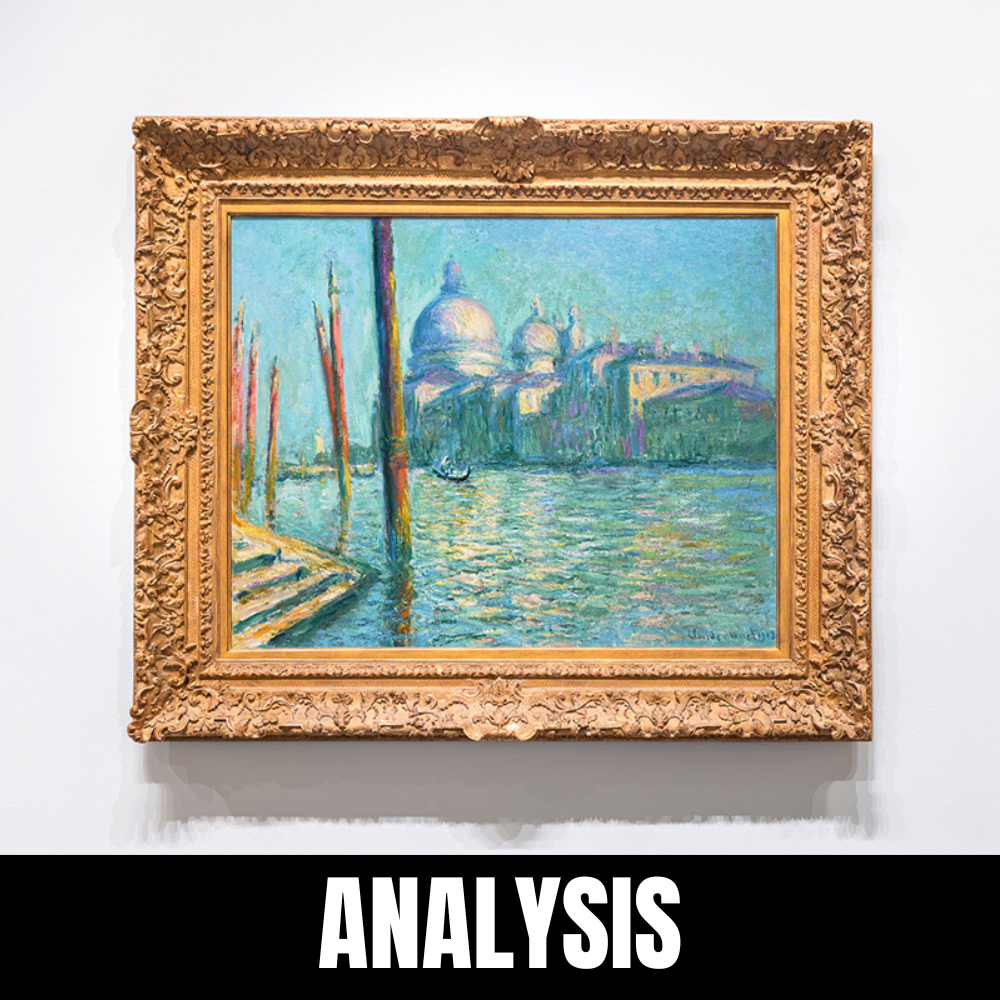
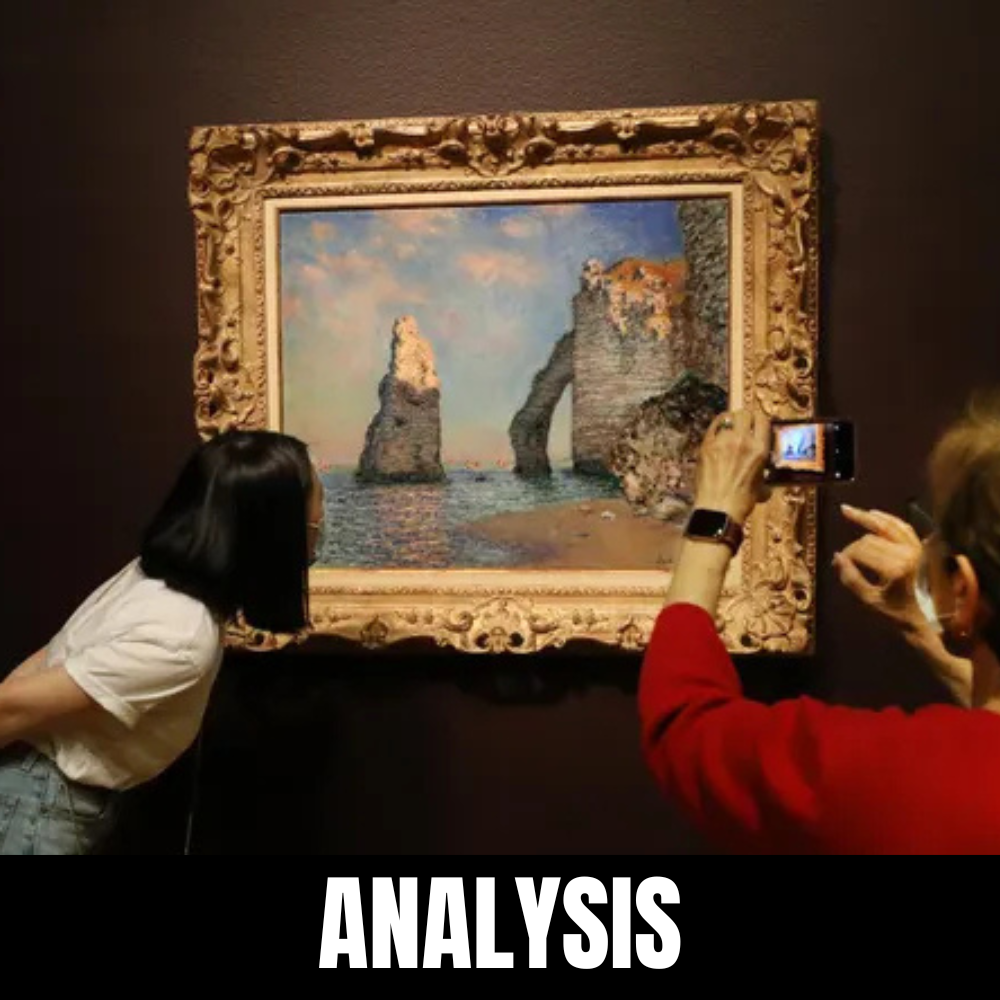
Leave a Reply